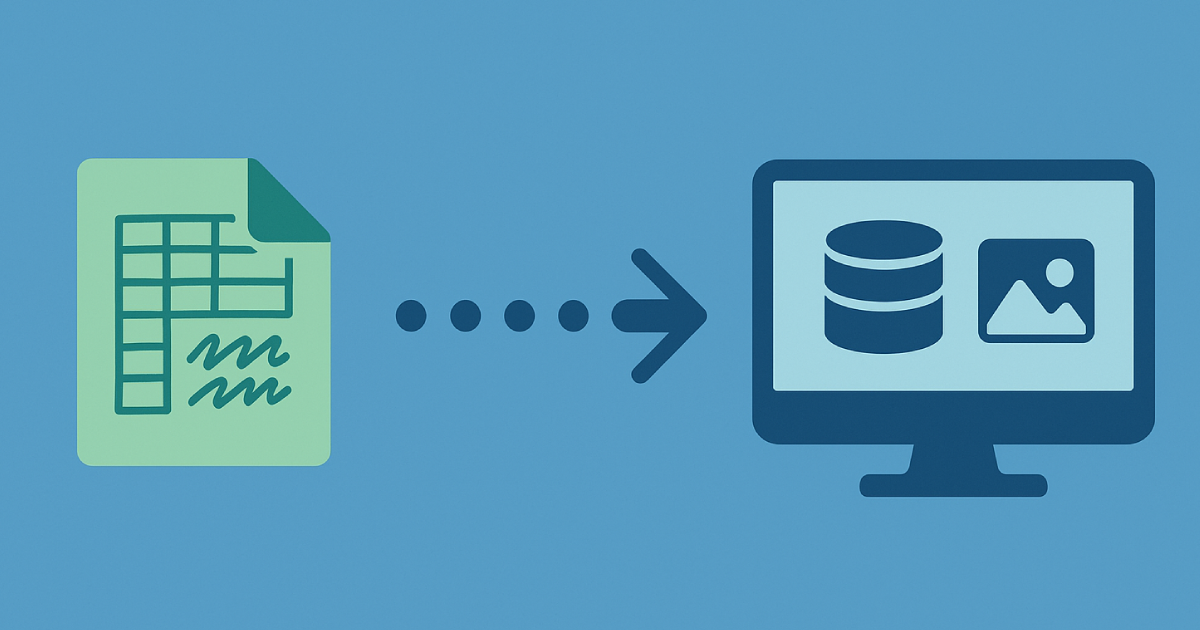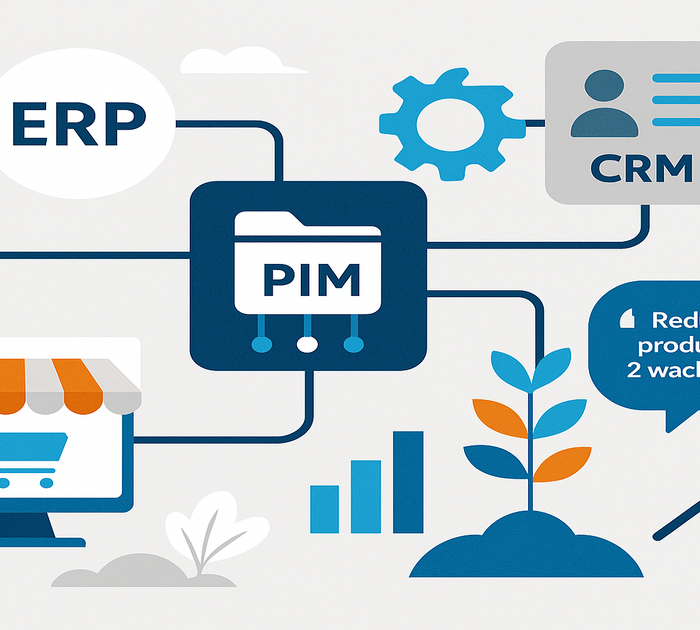Remember when a single Excel file felt like a super‑power? You could color‑code SKU data, crank out pivots, and move on with your day. Fast‑forward to hundreds of product variants, channel‑specific templates, and marketing deadlines—now that “master” spreadsheet is less super‑power and more kryptonite. If your manufacturing brand is clearing the $30 million mark and juggling multiple sales channels, migrating from spreadsheets to Perfion PIM is the next logical (and profitable) step. Here’s a human‑friendly, step‑by‑step playbook to get you there with minimal drama.
Why Leave the Comfort of Spreadsheets?
Costly rework: A single typo in a cell can trigger chargebacks, return freight, and unhappy distributors.
Slow launches: Each new SKU spawns another “final_v12” file and a ten‑email approval chain.
No single source of truth: Marketing, engineering, and sales all maintain separate “master” files—none of which match.
Scale ceiling: Excel wasn’t designed for 2 000 SKUs × 50 attributes × 10 channels. Eventually it crashes… so does your go‑to‑market timeline.
Perfion PIM centralizes every attribute, locale, and digital asset once, then syndicates data everywhere automatically—no CTRL+H roulette.
Phase 1 – Audit & Cleanse Your Data
Before touching Perfion, perform a reality check:
Inventory every source: Spreadsheets, PLM exports, ERP fields, shared drives, thumb drives (yes, really).
Purge duplicates: Keep the latest, archive the rest.
Normalize attributes: Decide on one “length” unit—millimeters or inches—and stick to it.
Flag gaps: Missing UPCs, fuzzy translations, outdated spec sheets. Better to fix them now than chase them later.
Pro tip: Create a simple “data readiness” score so executives understand why some SKUs migrate faster than others.
Phase 2 – Design Your Perfion Data Model
Think of Perfion as an empty house—you choose the floor plan.
Categories & hierarchies: Mirror how buyers search: product family → series → SKU.
Attribute sets: Group fields logically (dimensions, materials, regulatory).
Locales & languages: Identify each region you serve today and plan to serve tomorrow.
Digital assets: Map image sizes, 3‑D models, safety PDFs, and video demos to the right SKUs.
Invest time here; a solid data model makes future channel templates almost painless.
Phase 3 – Pilot a “Minimum Viable Catalog”
Pick 50–100 high‑value SKUs and move them end‑to‑end.
Import clean data into Perfion using its spreadsheet‑style interface (ironically).
Enrich attributes with marketing copy, SEO keywords, and feature bullets.
Template the first channel—often Amazon or a key distributor portal.
Publish and validate: did all attributes arrive in the right fields, with the right units? Fix any mapping snafus now.
Most teams see a 40–60 % faster “first go‑live” compared with the spreadsheet method—a win you can trumpet to leadership.
Phase 4 – Integrate with ERP and E‑Commerce
Perfion’s out‑of‑the‑box connectors and robust API make integration straightforward, but sequence matters:
Start with push: Let Perfion feed your ERP’s item master, not the other way around.
Add pull: Bring inventory or pricing fields back into Perfion only if marketing needs them.
Automate cadence: Schedule hourly pushes for fast channels (e‑commerce) and daily exports for slower ones (printed catalogs).
A tight loop ensures that any update—material change, new hero image, translated description—syncs everywhere without manual touchpoints.
Phase 5 – Train, Expand, and Retire the Spreadsheets
People, not software, determine migration success.
Role‑based training: Marketing learns enrichment workflows; engineering locks down technical specs; sales views (but doesn’t edit) data for quotes.
Governance rules: Who approves new attributes? Who signs off on translations? Define it—then document it.
Progressive rollout: Add product families and channels in sprints, celebrating each milestone to keep momentum high.
Archive the old files: Store read‑only versions for audit purposes. Make the active spreadsheets disappear from desktops to avoid “rogue edits.”
Result: one system, one process, and one version of the truth—finally.
Measuring Success
After 90 days, track three metrics:
Time‑to‑publish: Days from “SKU ready” to “SKU live.” Many Perfion users cut this by half.
Error rate: Percentage of listings rejected or returned; aim for under 1 %.
Channel expansion velocity: How quickly you can launch into a new marketplace now that templates build in minutes.
Tie each metric to revenue impact and your PIM investment pays for itself—often in the first year.
Common Pitfalls to Avoid
Skipping data cleansing: Garbage in, garbage out—only faster.
Boiling the ocean: Migrating every SKU at once overwhelms teams and systems.
Ignoring change management: If spreadsheets remain “just in case,” they’ll creep back into daily workflows.
Stay disciplined, follow the phased plan, and those pitfalls shrink to speed bumps.
Ready to Ditch the Gridlock?
Migrating to Perfion lets your marketing team focus on storytelling instead of cell wrangling. Fonseca Advisers can handle data migration, ERP integration, and user training so you hit the ground running—without disrupting daily operations.
Begin with a comprehensive data audit—identify every spreadsheet, remove duplicates, and standardize attribute formats before importing anything into Perfion.
Timelines vary, but a phased rollout typically delivers a live pilot within 6–8 weeks and a full catalog migration within 3–6 months, depending on SKU count and data quality.
Yes. Once migration and training are complete, Perfion becomes the single source of truth for product data, removing the errors and delays caused by spreadsheet‑based PIM.






